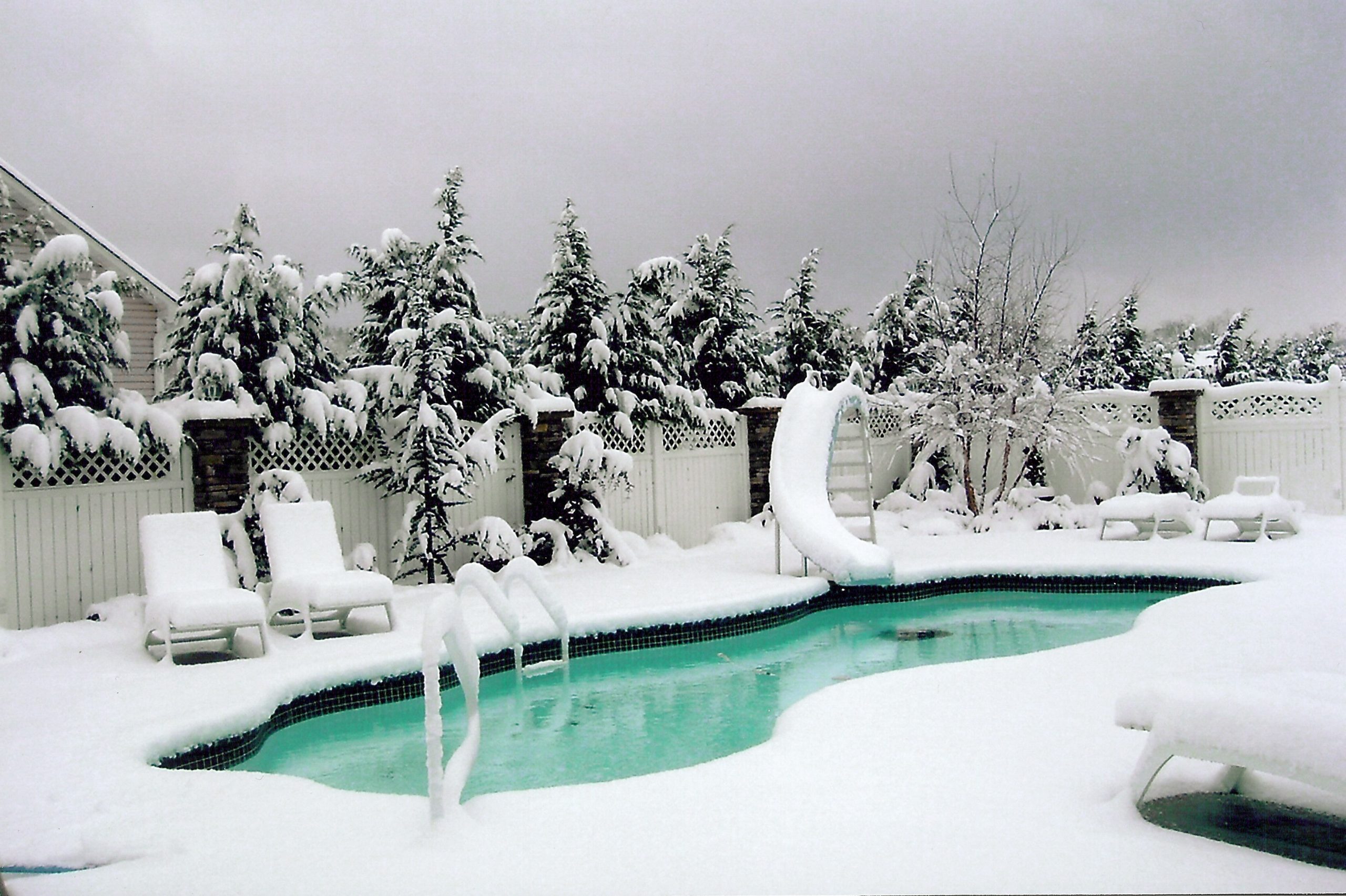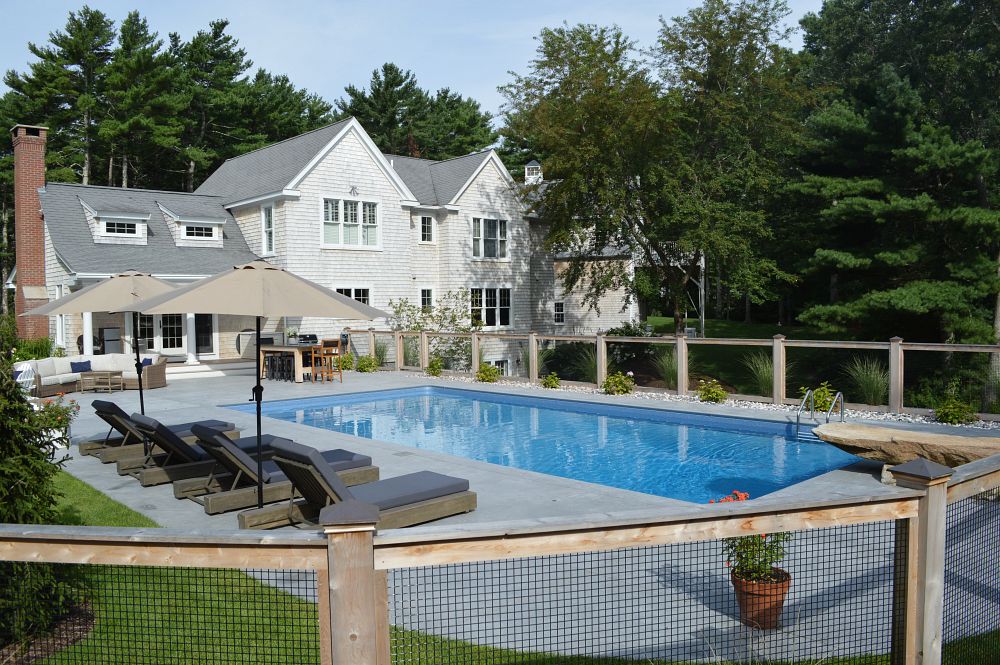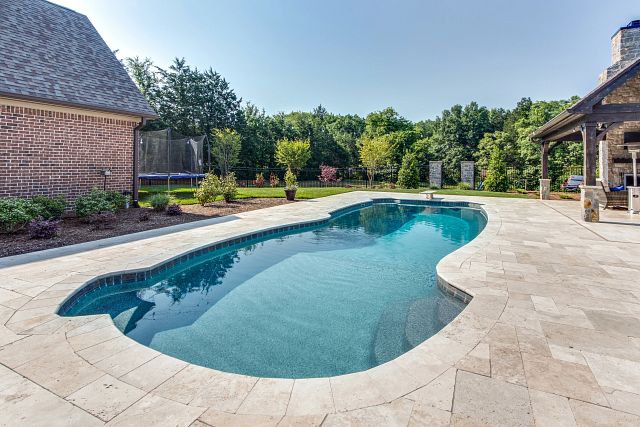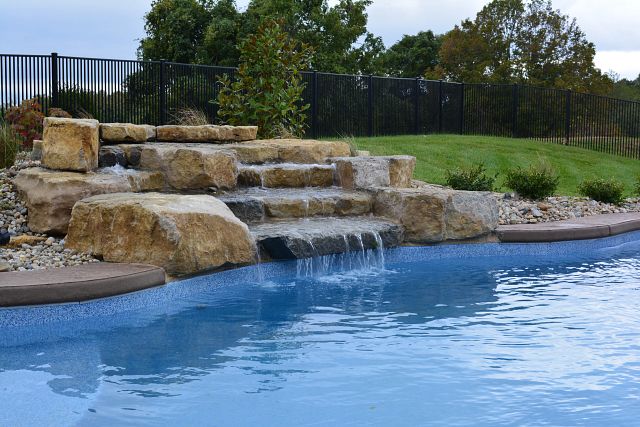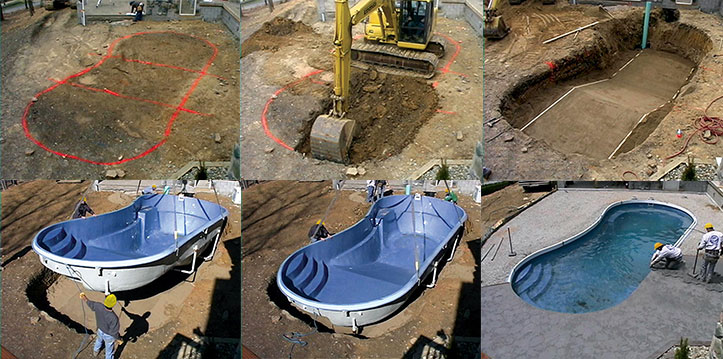Well, the splashing is over for a while… Reason?
Freezin’!
Time for the cocktails and cookouts to move inside.
During the fall it’s common in many parts of the country to say goodbye to pool season and prepare to close your inground pool for the winter months. In this next part of our What to Expect guide, I’ll try and dispel some of the myths and offer some helpful tips related to an inground pool closing and most importantly, winterizing.
The biggest thing that an existing or a new Latham pool owner must realize is there’s a huge difference between closing a pool and winterizing a pool. These terms are often used interchangeably, however, they two are very different procedures! Here in the Northeast, where this blog is centered, we not only close our pools but we winterize our pools.
Let’s take a closer look.
What is Closing a Pool?
When you close a pool you simply flip the switch and put the cover on. It’s possible that you could close your pool for a night, or while you’re away for vacation. Some homeowners close their pool to save on electricity costs or close an automatic safety cover to reduce costs related to pool maintenance. Closing your pool means that your pool is not currently being used, but could be used again soon.
When you close your pool you’re most likely not that concerned about freezing temperatures or about water staying behind in your lines or vessels (for example: pump, filter, heater, chlorinator, etc.). In many parts of the southern United States homeowners simply close their pools during the cooler months. You can even set a pool to run an hour or two a day while the cover is in place.
What is Winterizing a Pool?
Different from closing a pool, winterizing your pool is the finale to the pool season. This means that your pool will not be used for several months, equipment is turned off, accessories are removed and the water is removed from lines and vessels.
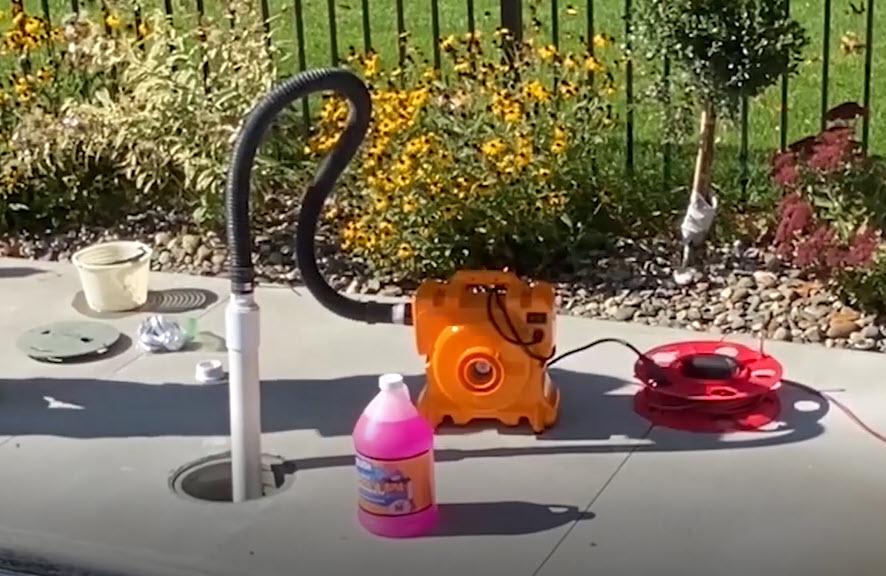
In New England we not only close our pools but also we winterize our pools. This is a very important distinction to make because water can be destructive if left behind in a pipe or a pump housing when temperatures drop below freezing. Let’s remember that water expands 9-10% in volume once frozen (ouch!). This expansion is enough to fracture plastic, metal, or whatever vessel the water was left in. Because of the danger of not draining your pipes and equipment, the star performer of the winterization process is the air blower, commonly known as a liner vac. This is the tool that your pool professional will use to close your pool for the winter. The air blower that’s used for proper winterization absolutely must be a high volume and low pressure blower in order to effectively remove any and all water from pool pipes. I caution anyone in using a gas or electric tank type compressor because the high pressure and low volume that they produce could blow over the water in your pool’s pipes, leaving residual water and perhaps causing a big headache in the spring. Remember, 9-10%!
Winter Covers
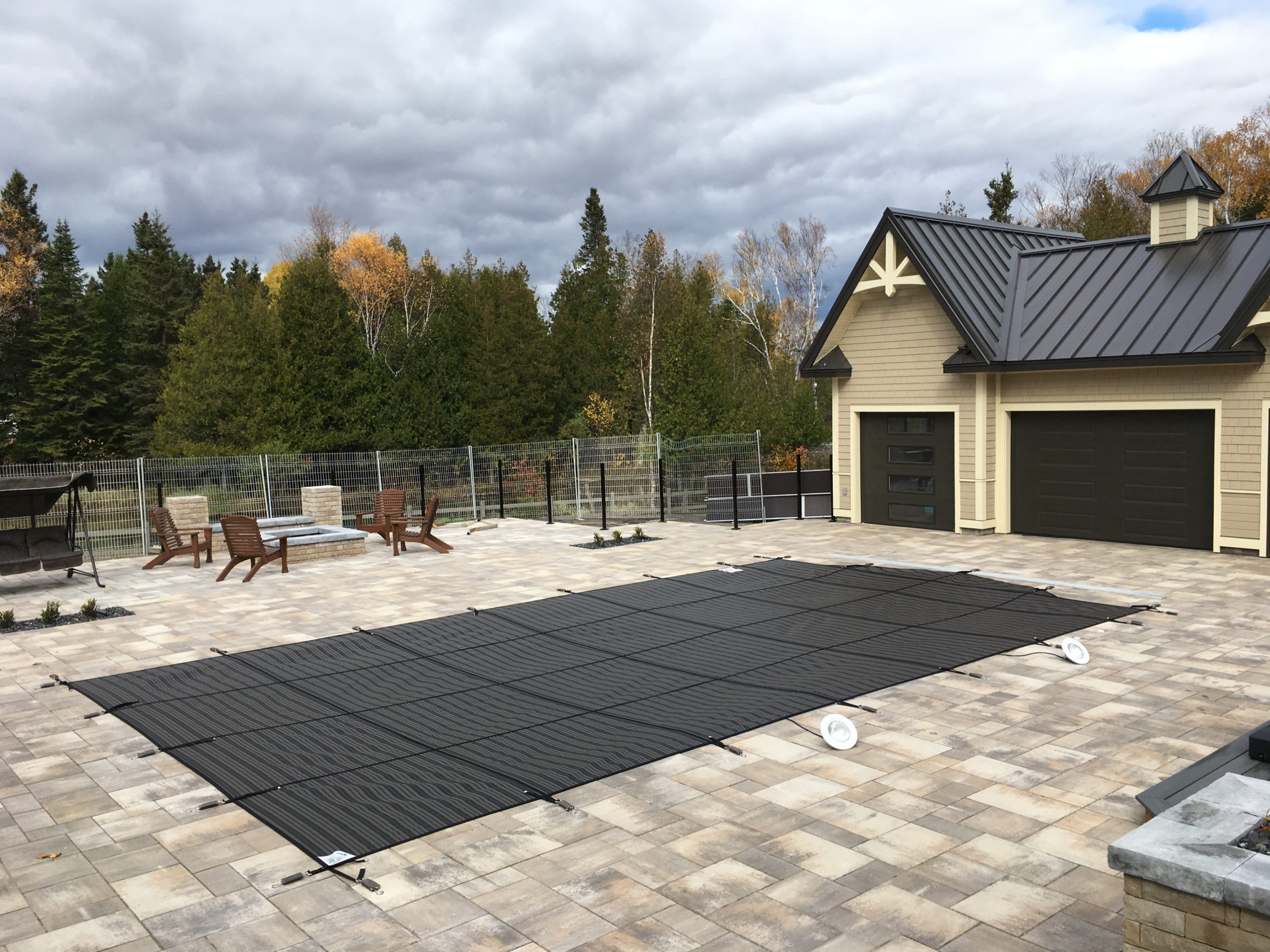
The other main difference between closing a pool and winterizing a pool involves the type of cover that you use. In areas where temperatures drop below freezing and it snows, the preferred covers are solid or mesh safety covers. In most cases, I prefer a mesh cover for the winter because they allow water to pass through and chlorine gas to escape until the snow and ice comes to make it solid! These covers are made to withstand heavy snow and high winds and are secured with deck anchors as the last step in winterizing your pool.
Interested in learning more about winterizing your inground pool?
Watch pool professionals winterize a pool in our Proper Pool Winterizing Techniques video:
**Please note that in order to find the best winterizing treatment, contact your local Latham Independent Builder.
Important Things to Remember
- Closing your pool and winterizing your pool are two very different things. To close a pool you could do as little as simply removing your ladder and put on a cover. To winterize a pool, and ensure that pool equipment will not be damaged in freezing temperatures, there is much more to do.
- The water level in your pool will need to be lowered to approximately 1” beneath the skimmer and the pool water properly balanced 24 hours in advance of your pool professional’s arrival. Despite what some first time pool owners may think, water does stay in your pool throughout the winter months and must be balanced before saying goodbye.
- Always blow out the pool lines from the skimmer back to the equipment.
- Store your pool equipment neat and secure during the winter months. Make sure to remove your ladders and railings, as well as the ladder bumpers. Don’t forget to replace the ladder bumpers securely after draining excess water from the ladder’s side rails.
- Be sure to check with your pool professional about any attempts at a DIY pool winterization as that may have an impact on your dealer’s and manufacturer’s warranties.
